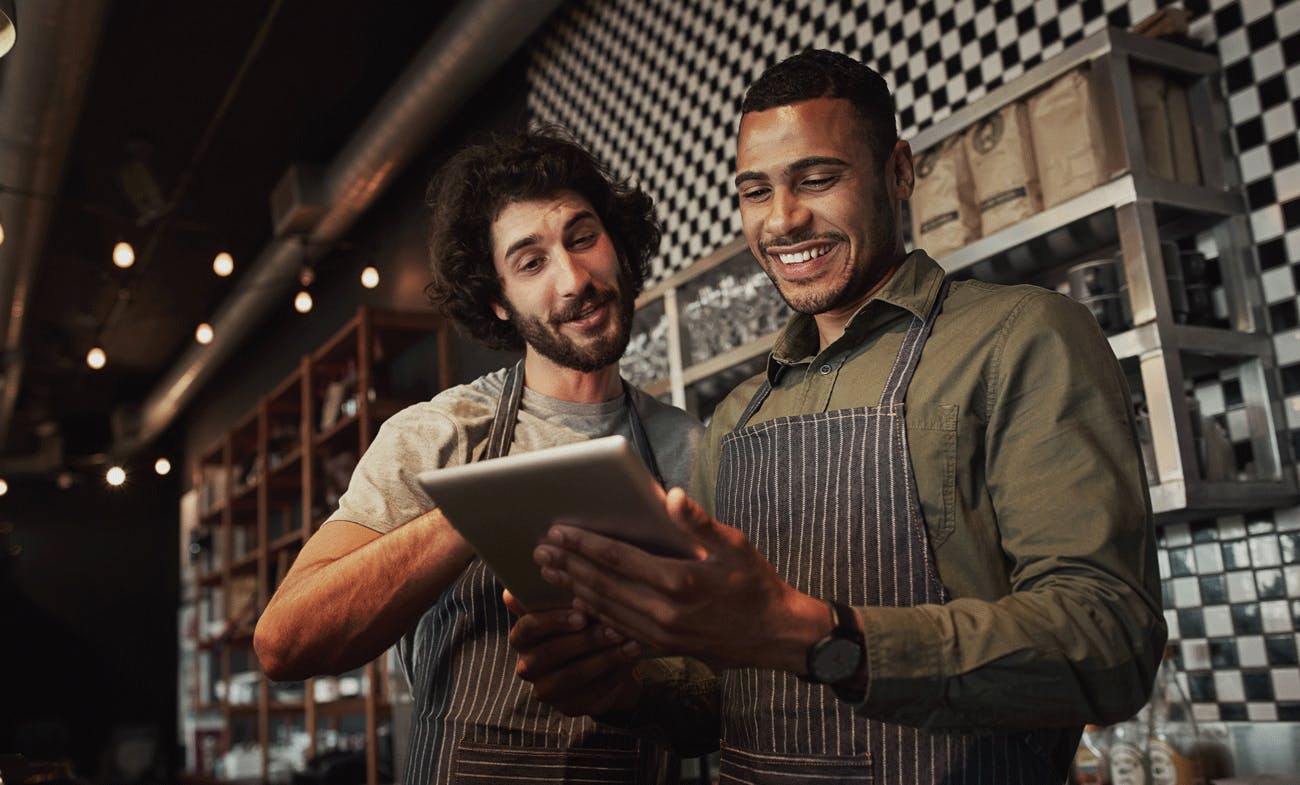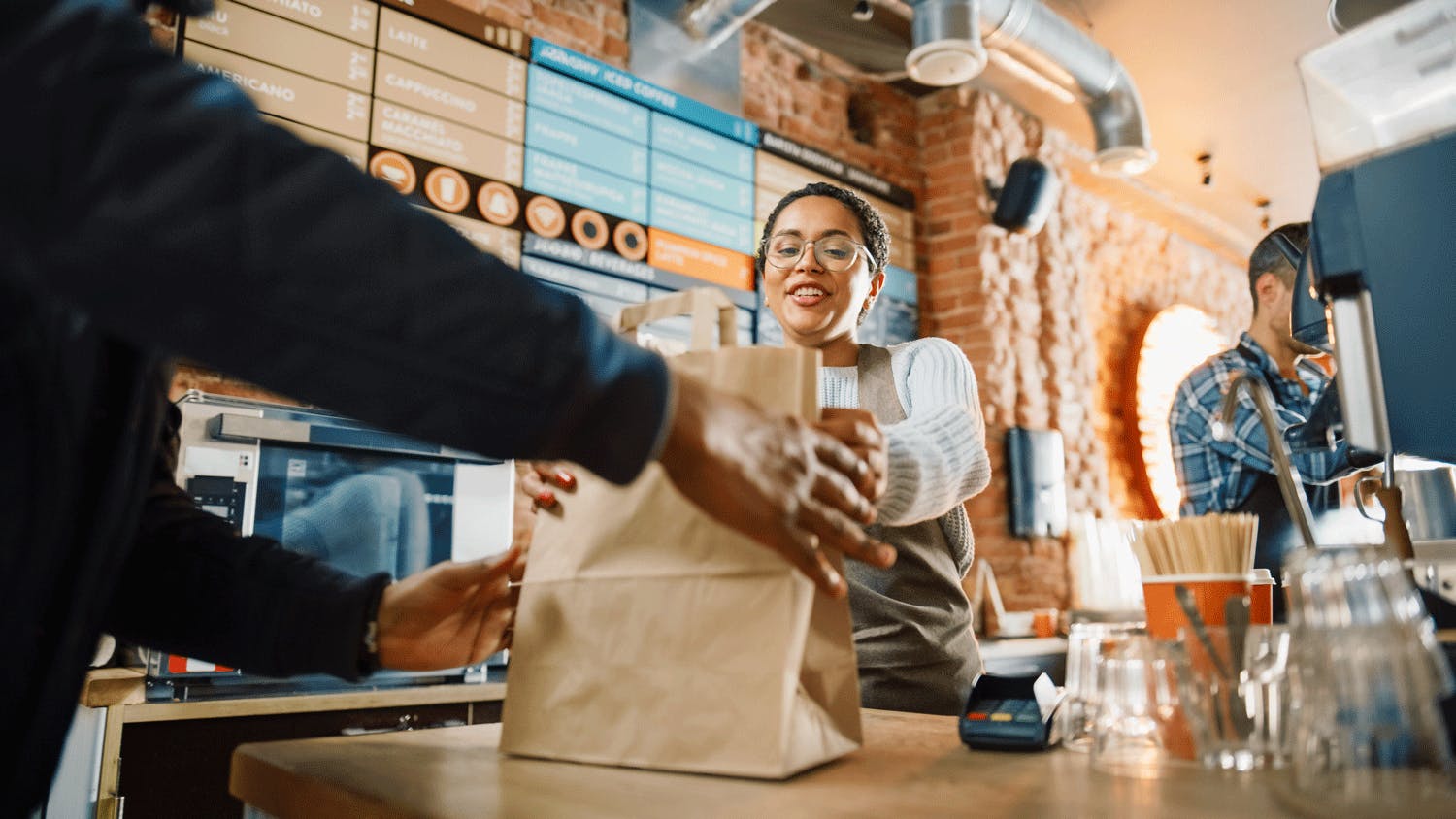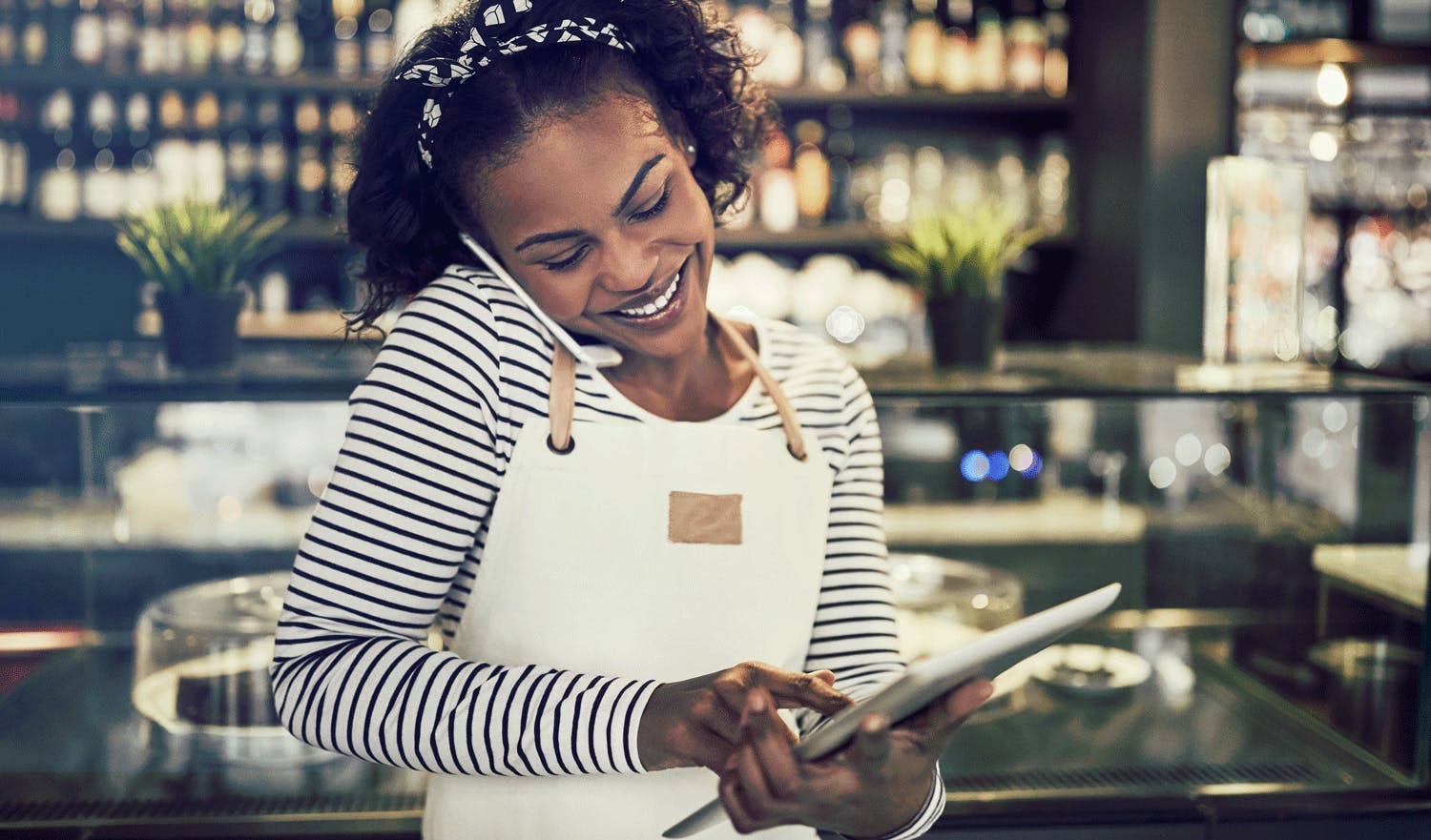
How to maximize restaurant delivery revenue
Notorious for its razor-thin profit margins and high food delivery costs, the restaurant industry is arguably the most difficult field to build a profitable business.
The waning global pandemic, rising food prices, and labor crunch have only exacerbated the challenges operators face in maintaining a lucrative and healthy restaurant.
However, with delivery rising faster than dine-in in recent years, restaurants have an opportunity to tap into the growing online ordering sector to improve their profit margins.
In this post, well cover restaurant profit margins 101 and how to maximize your restaurant's revenue on third-party delivery services without sacrificing profitability.

First things first, what is a restaurant profit margin?
The formal definition of “profit margin” is the amount by which revenue from sales exceeds costs. Put simply, it’s the difference between how much money you're making and how much you have to spend.
Most restaurants see a profit between 2-6% (when we said razor-thin margins, we meant it!) but this number can vary based on location, labor cost, inventory, and more.
We have you covered if you’re within this 2-6% range.
Let's just into three simple tips to increase your revenue and boost your margins.
1. Consistently keep tabs on your restaurant’s financial metrics
The first step to improving anything is having a thorough understanding of it.
To improve your restaurant’s financial metrics, you must understand how your business is doing. A restaurant order management platform is useful for this.
Here are the top numbers to watch:
- Gross Sales
- Order Volume
- Average Order Value
- Average Sales Per Store
- Store Ranking
- Channel Performance
- Fulfillment Performance.
Why is this helpful? Imagine you work with Uber Eats, DoorDash, and Deliveroo. Comparing delivery partner sales and food delivery history lets you know which platforms work best for your restaurant and which could use some attention.

2. Let automation help you reduce your operating expenses
Hiring in 2022 is hard, and the labor shortage is no joke. Fewer people are willing to work at restaurants and those who may be expecting increased pay for their hours.
Nothing will replace the role of humans working in a restaurant, but you can automate certain tasks to reduce your operating expenses.
- Reservations: Use a reliable reservation management system such as OpenTable to keep up with reservations and take phone calls off your staff’s plate.
- Online Ordering: Save on delivery commissions and staffing costs with your own online ordering system. Direct Orders by Otter allows you to streamline orders into a single POS with a digital menu and enhances your dine-in experience with QR code ordering.
- Order Management and more: Say goodbye to tablet hell and missed orders with Otter’s order management solutions. Features like order auto-acceptance and automated promotions can save your staff time, helping you increase sales and efficiency.

Book a demo to see how Otter’s all-in-one platform can help your restaurant thrive.